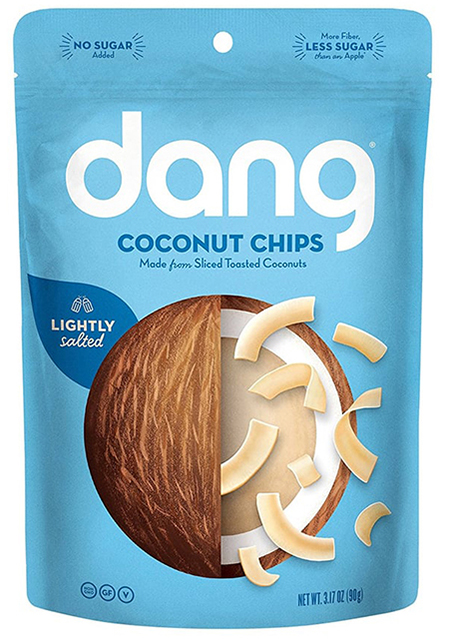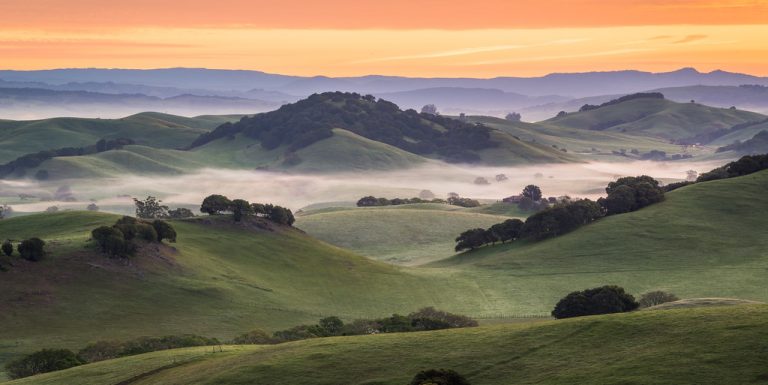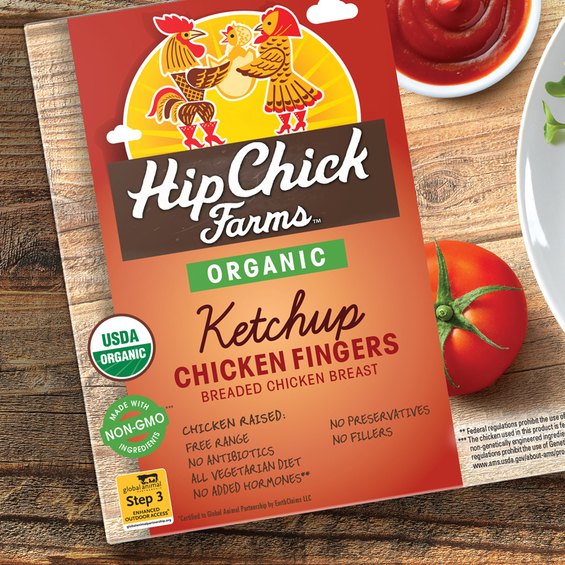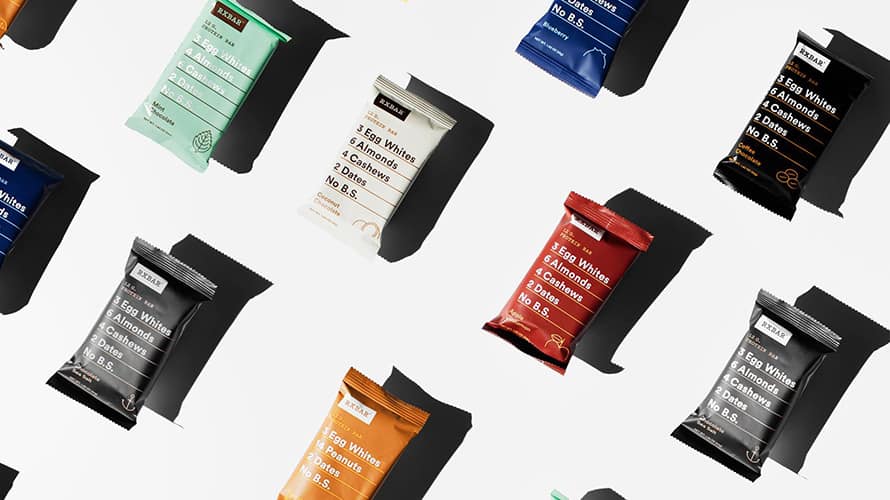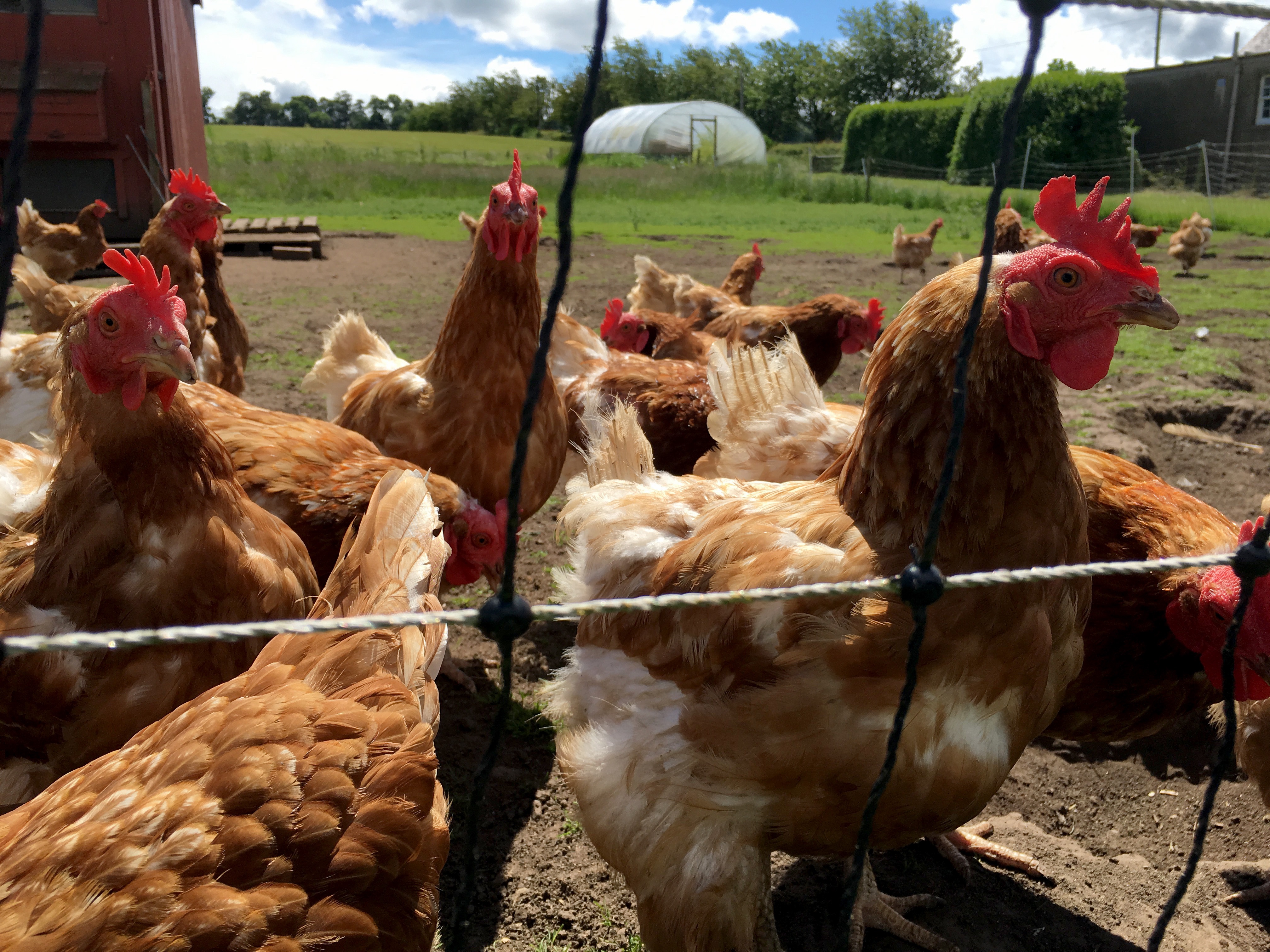
Sustainability is the hot new industry term in food production, but, when it comes to sustainable chicken farming, is the term getting watered down and overused? Several features, such as this one in Portland Magazine, have called sustainable meats a myth.
Since that piece was published in 2015, the trend towards sustainability has chugged onward. And on the flip side, a ranking by Bon Appetit dubbed chicken the most sustainable animal-based protein there is.
Does Sustainable Chicken Farming Really Exist?
Of course, not all “sustainable” chicken is created equal. That Portland Magazine piece noted: “Most Portland restaurants—especially those known for chicken—source from agribusiness giants like Foster Farms, Tyson, and Perdue. The brands often used as de facto synonyms for ‘organic’ and ‘sustainable’—Draper Valley, for instance, and Coleman Natural—are subsidiaries of those big players. High-end grocery chains like New Seasons and Whole Foods tend to stock from similar sources.”
At Food Lion stores east of the Mississippi, they try to make their private-label chicken sound sustainable by stamping the words “fresh” and “natural” on the label in large letters, even though such words hold little or no meaning. That said, let’s take a look at a few local chicken farms in California that really go the distance when it comes to sustainable chicken farming, and see how they communicate their values to consumers.
According to its website, Petaluma Poultry, based in Sonoma, their Rosie Organic Chicken brand was the first chicken to carry the USDA organic seal in 1999. Rosie chickens are all free range, antibiotics free, local to Sonoma County, and fed an organic vegetarian diet.
Mary’s Chicken, from California’s Central Valley, breaks things out in even more detail. The third-generation family farm follows the five-step animal welfare standards program—and boasts that it was the first to carry the step-five rating.
The Distinctions of Sustainable Chicken Farming
Not all of Mary’s chicken meets this high standard, though. Mary’s offers two kinds of air-chilled chicken—one organic, one not—which have a step-three, not a step-five rating. That means there is:
- 25% or more vegetative cover on pasture;
- Shade provided in outdoor areas;
- No physical alteration of birds;
- No antibiotics or added hormones; and
- The environment offers hay bales, eucalyptus branches and space to move about.
The step-four rating, which applies to Mary’s air chilled, slow-growth heirloom chickens, has 50% or more vegetative cover on pasture and uses a slower-growing chicken breed, in addition to everything in the above list. Only 500 birds per farm live the cush life of the five-step rating. Those lucky clucks benefit from 100% vegetative cover on pasture and continuous pasture living. Now there’s a reason to cross the road!
It’s All in the Fine Print
These examples of the nuances behind words such as “sustainable,” “humane,” and “organic” are not meant to confuse you. But every consumer should consider if they are getting – in price and animal welfare – what they are paying for. Certain certifications, such as USDA approval or “Certified Humane” are easiest to spot and show a farm’s commitment to their product. But consumers should do some digging themselves as packaging and labeling terms are – sometimes – not what they appear.

